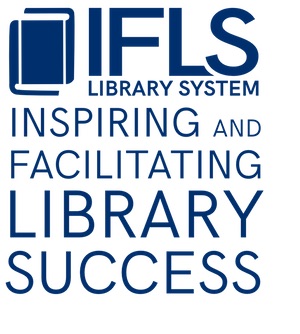Most of us are aware of the need to create welcoming environments, and there are a lot of wonderful, welcoming libraries out there, but sometimes there are things in our physical space that are creating problems and we don’t even recognize that a change in the environment might help alleviate the issues.
- Unattended children in the children’s room while parents are in another part of the library using the Internet? Well, definitely you need to firm up your policy on this, but what if there were computers available for parents to use in the children’s room? Can you rearrange things to make this possible? Put money in the budget for a laptop?
- In some libraries, the circulation desk is the scene of meltdowns and angry interactions. What can you do to ease the tension? For one thing, if you have something for kids to do while they are waiting for their books to get checked out (or for their parents to finish a discussion about their fines), this makes one less stress for everyone. In one library, they have an old-fashioned viewmaster they hand to kids who are waiting for their parents.
- For people who are very sensitive to stimuli, particularly people on the autism spectrum, things like flickering flourescent lights are not just irritating, but physically painful. What can we do to cut down on that? There are light-covers that can go over the lighting panels that cut down on the problem significantly. Carving out areas with as much natural or full-spectrum light as possible will also help–and it turns out everyone finds that more welcoming! Look for grant project information coming soon about this!
- Teen areas. Teens will notice if you have carved out a space for them, and will appreciate it.
And one last thing about welcoming environments. Even in the most crowded, physically challenging libraries, I have felt a truly welcoming environment as soon as I walked in the door–it was in the way librarians were greeting everyone as they came in, the smiles per capita. We are all busy and stressed, but this is absolutely the most important thing in creating a welcoming environment, and we all can do it, no matter what our budget resources. Humans are the most welcoming part of an environment! Don’t forget the ability of even ONE person to help make the library feel great, less stressful, and ultimately cut down on issues.

